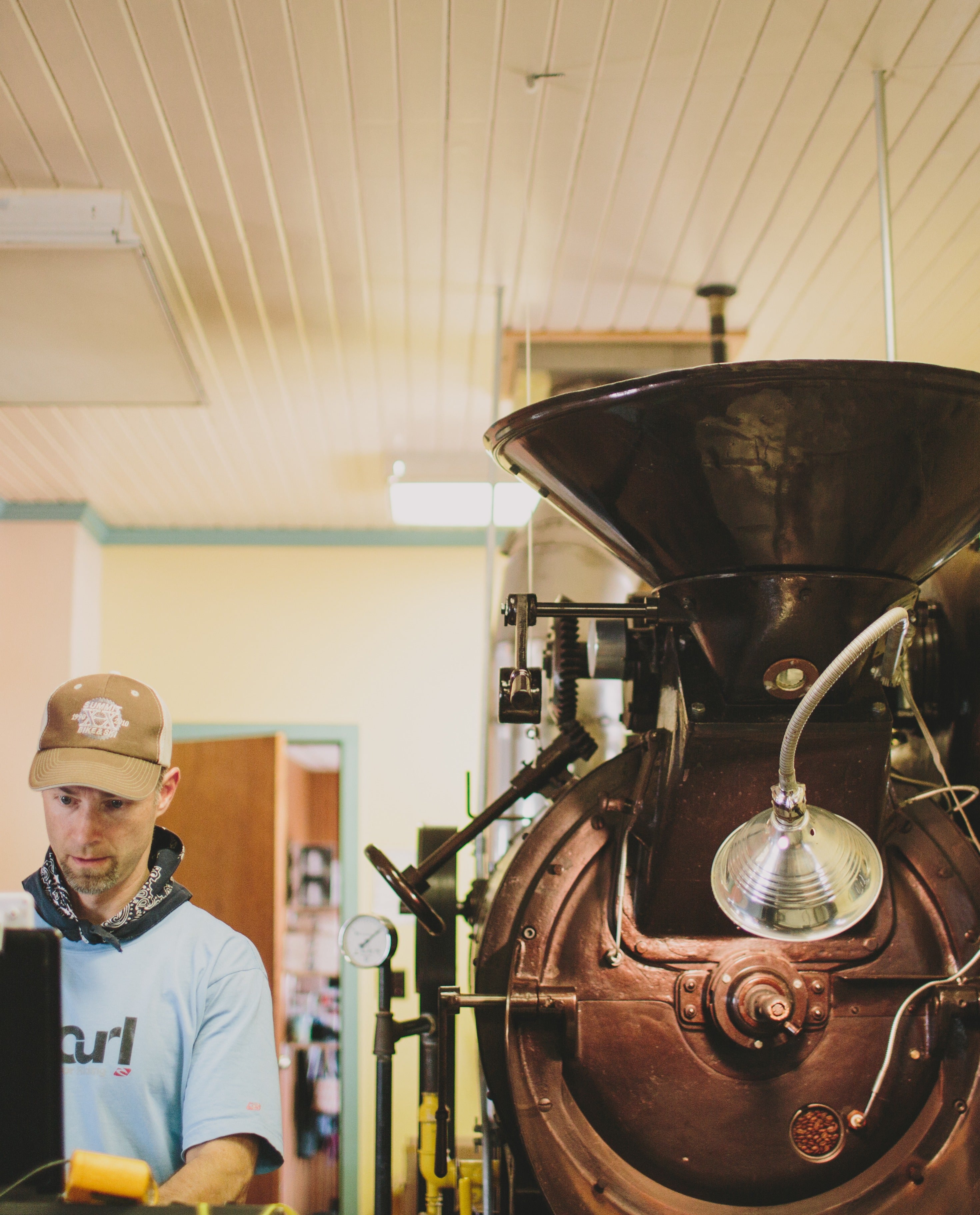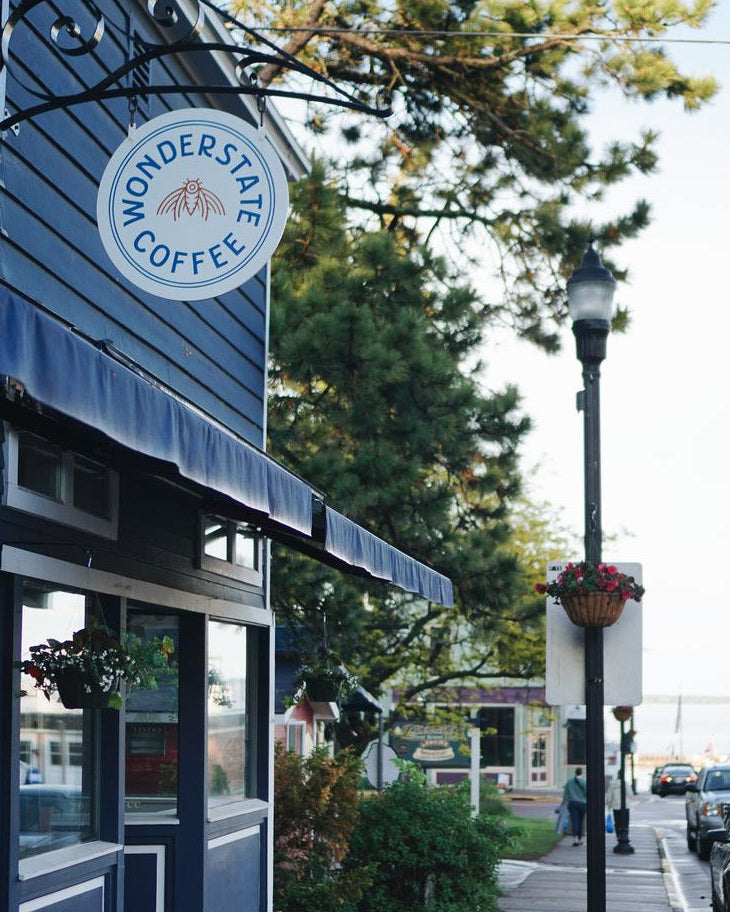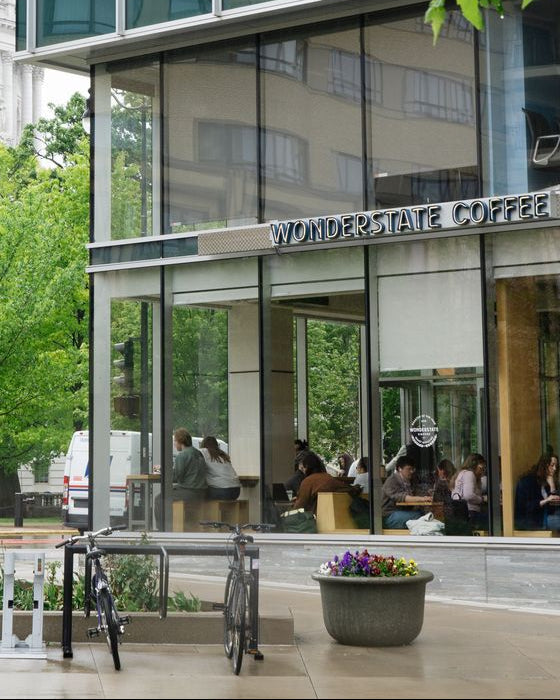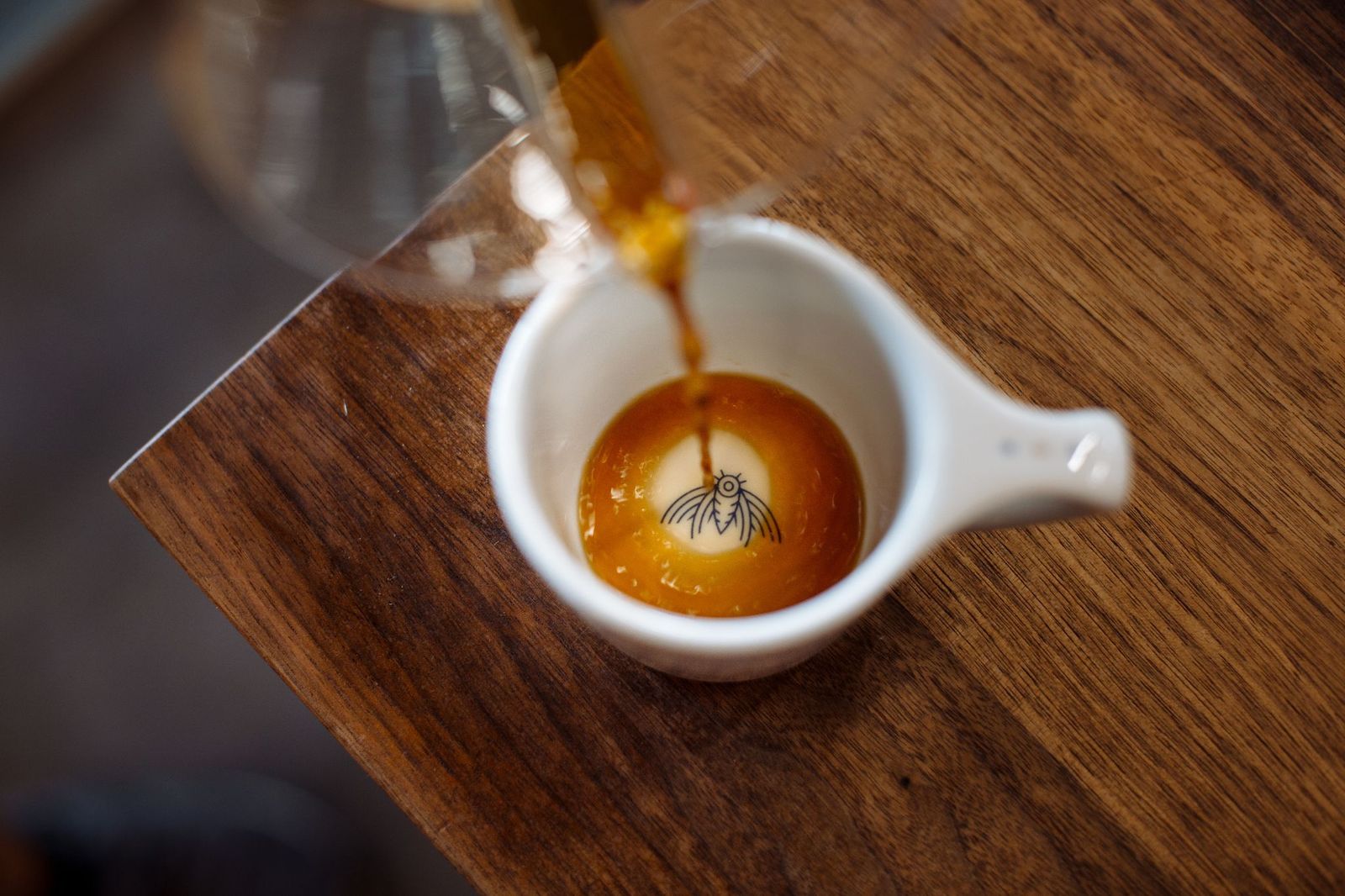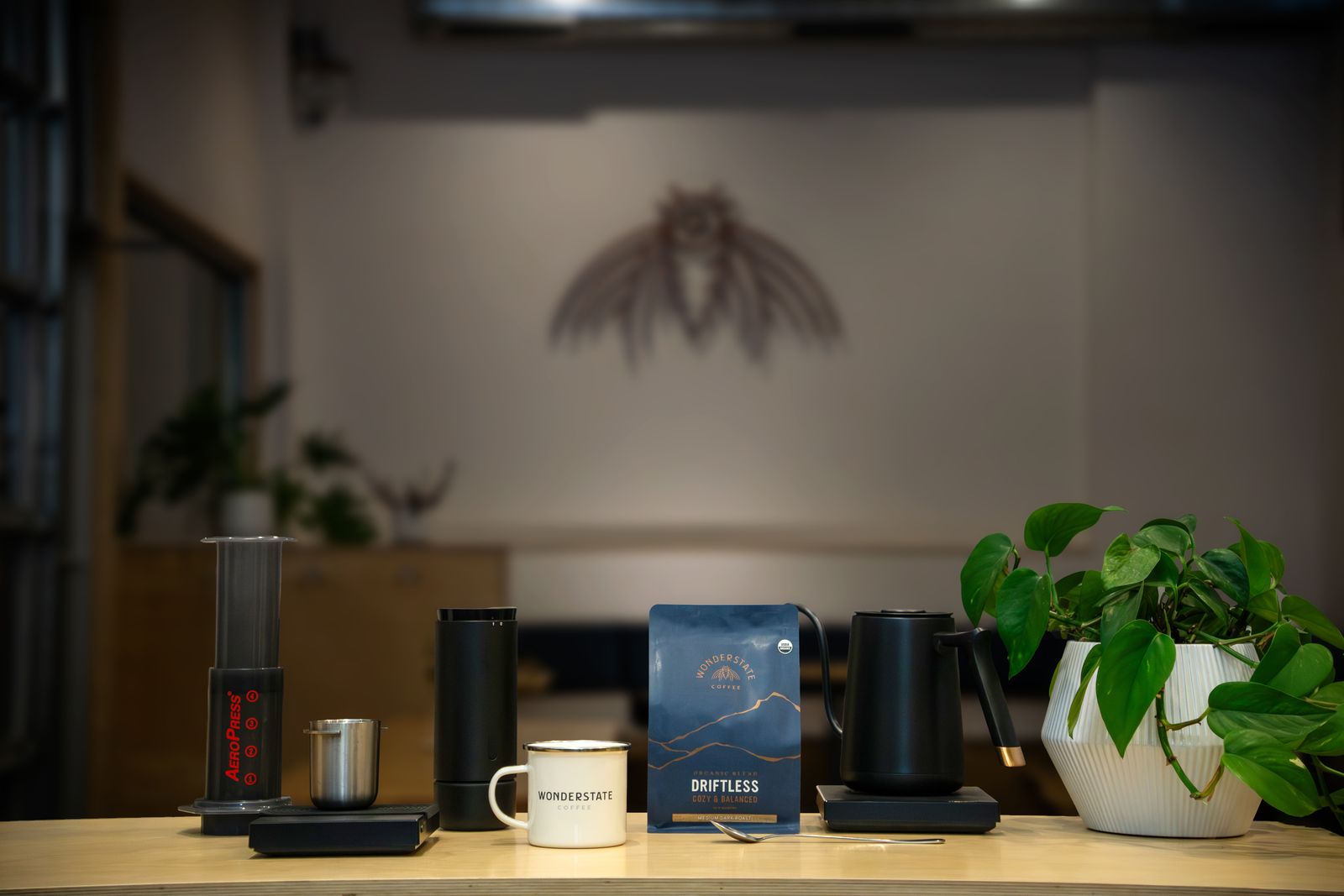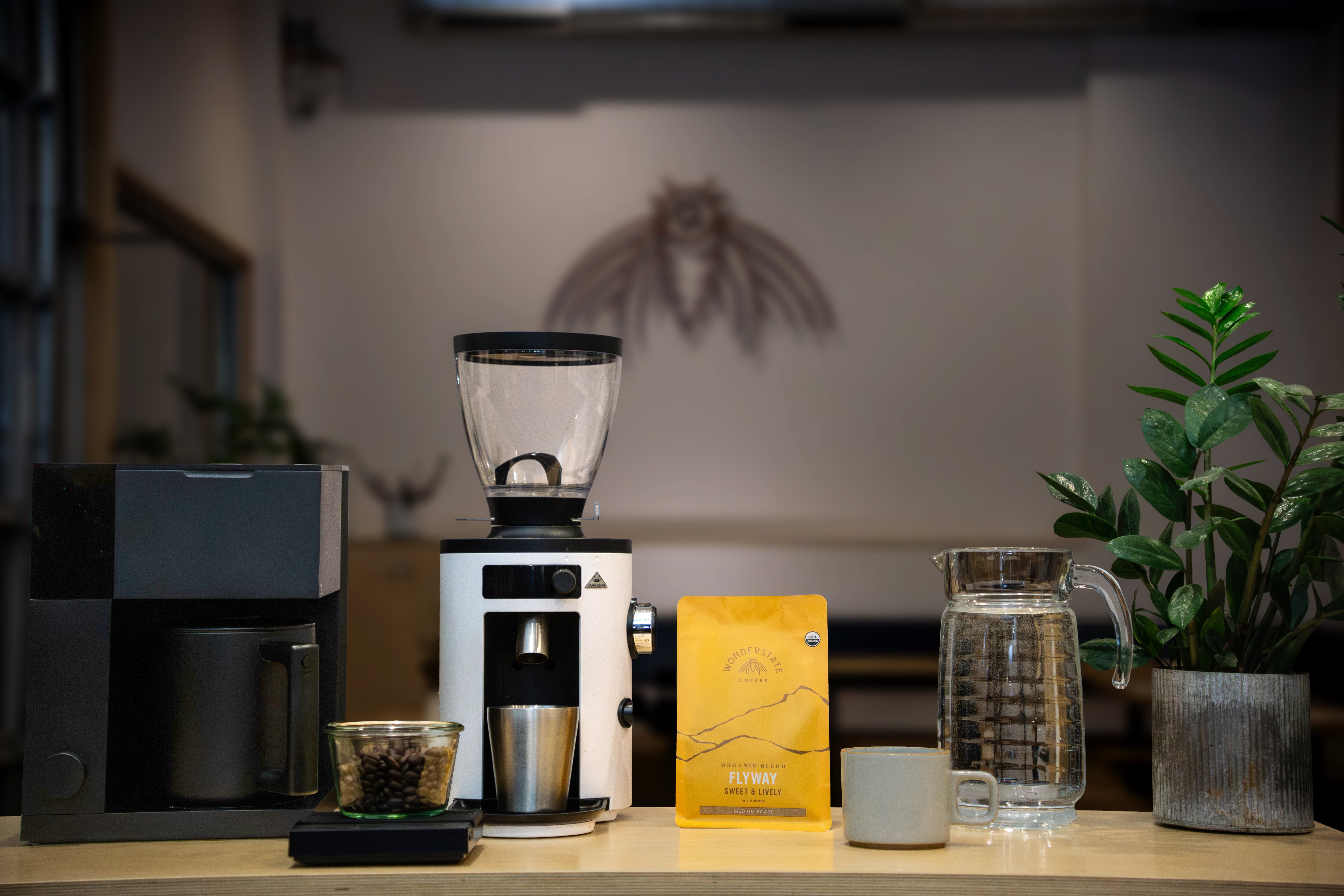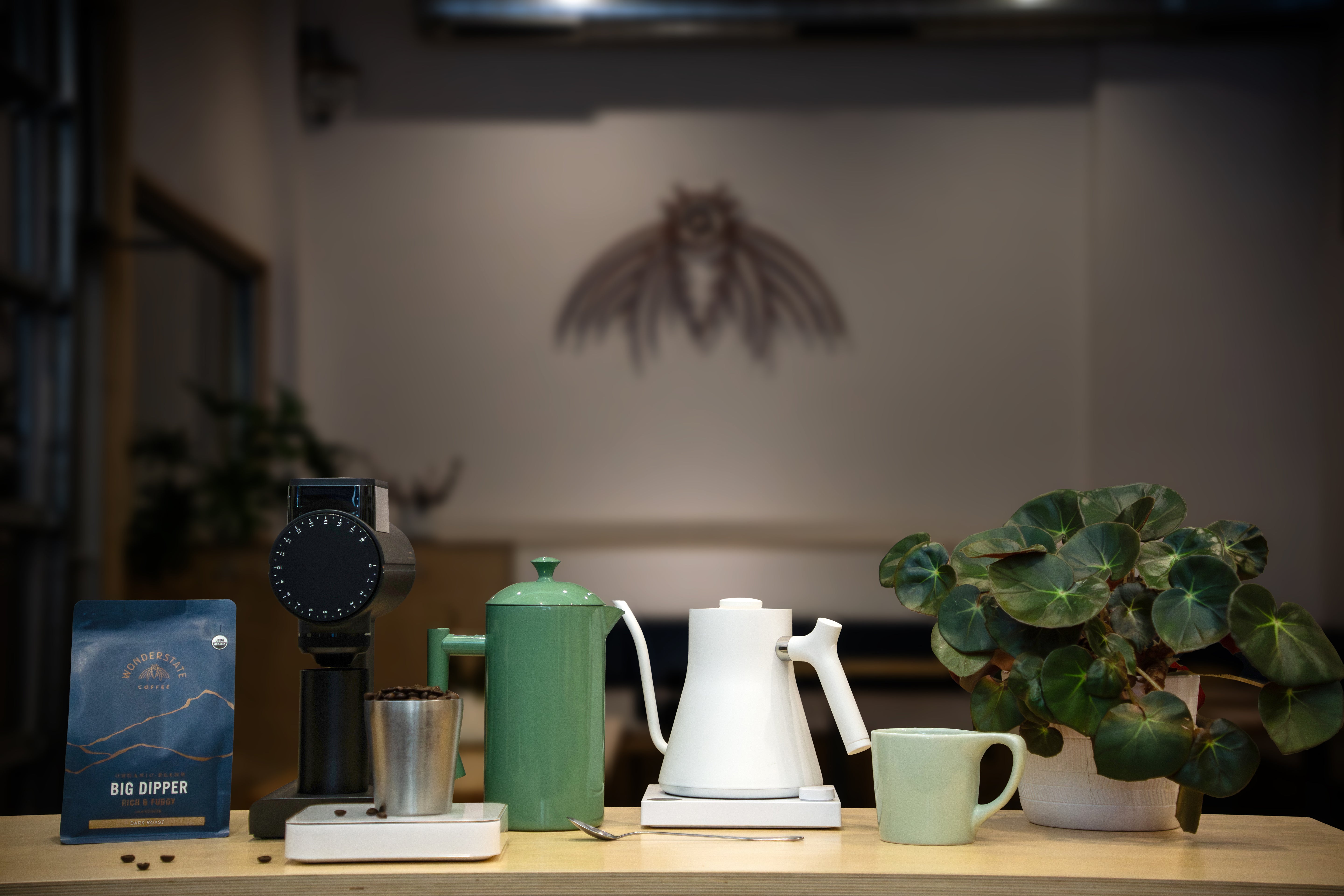
17 g coffee / 280 g water / 200–202°F (93–94°C)
- An AeroPress
- Paper AeroPress filter
- Burr grinder
- Scale (reading in grams)
- Timer
- Low mineral filtered water
- Something to stir with (spoon, paddle)
- Your favorite mug or carafe
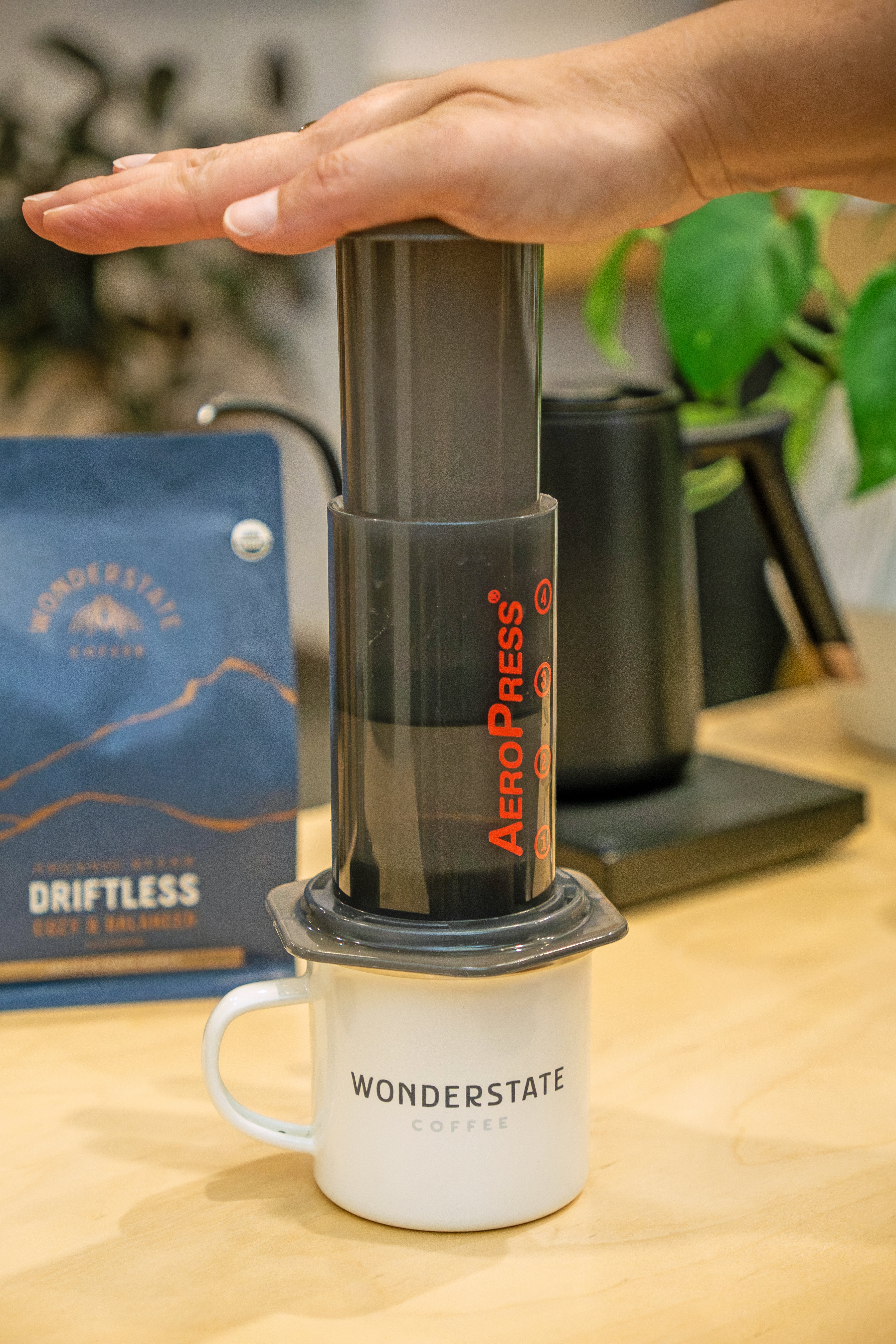
- Rinse filter and preheat brewer. Grind 17 g coffee slightly finer than pourover, but not espresso fine.
- Add ground coffee to the AeroPress.
- Start timer. Pour 240 g water in 30 seconds, aiming for even saturation. Stir 3–4 times to incorporate.
- At 1:00, add water to 280 g total.
- At 1:15 Insert plunger, remove the Aeropress from the scale and press slowly, finishing around 1:45.
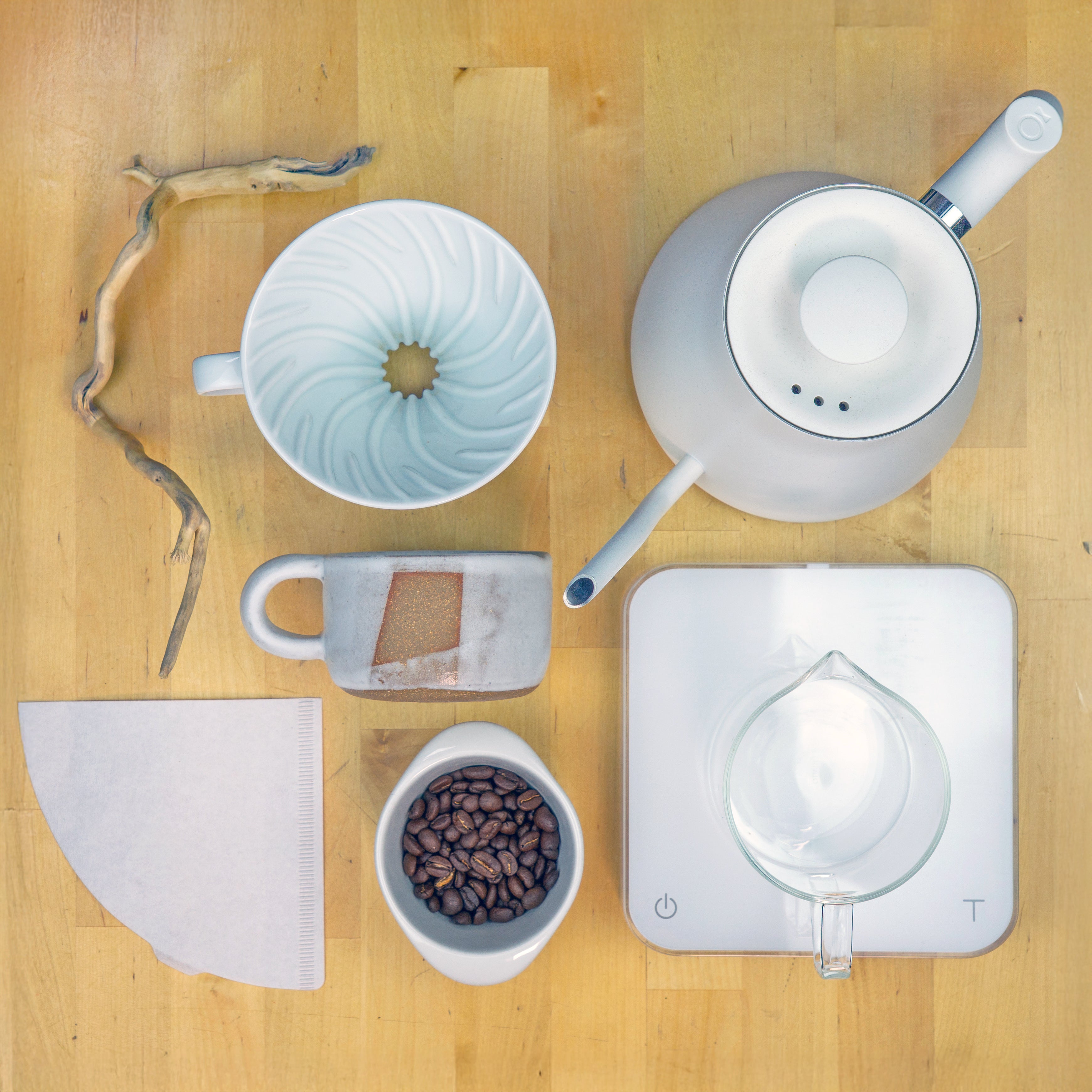
20 g coffee / 330 g water / 200–205 °F (93–96 °C)
- V60, Kalita Wave, Origami (or similar)
- Paper filter
- Burr grinder
- Scale
- Timer
- Fresh, filtered water
- Gooseneck kettle
- Stirring device (spoon, stir stick or paddle)
- Mug or carafe
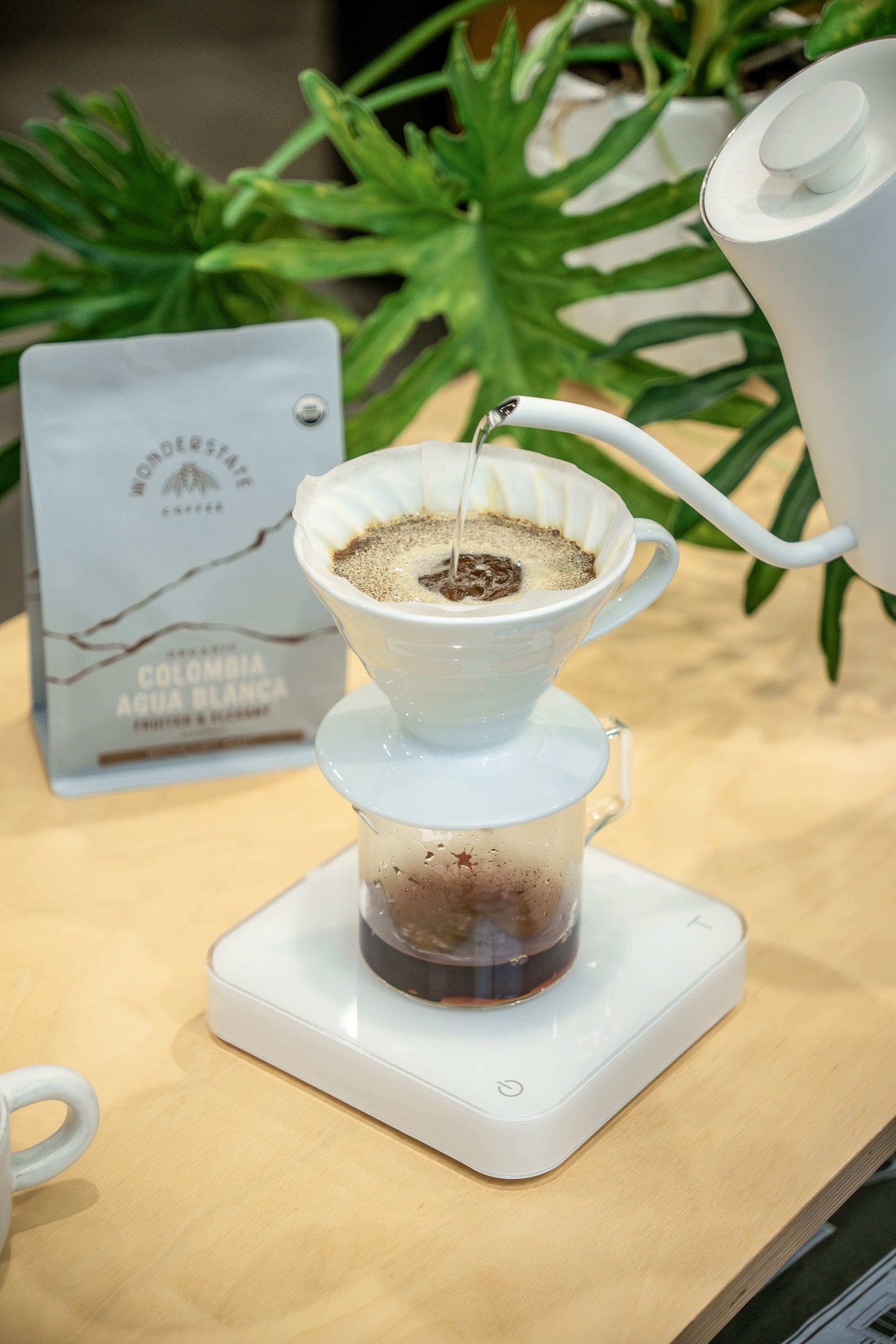
- Rinse the filter and preheat your brewer with hot water.
- Grind 20 g coffee to medium (think table salt)
a. slightly finer for V60 or cone shaped drippers, slightly coarser for Kalita or flat-bottom drippers - Add coffee to your brewer, settle the bed, tare your scale, and start the timer.
- Bloom with 60 g water, pouring slowly and in a circular motion.
a. Stir softly to ensure complete saturation. - At 0:40, begin a gentle, circular pour—starting in the center and spiraling outward (don’t touch the filter)—bring the total to 150 g.
- At 1:10, repeat the same controlled, circular pour to reach 250 g.
- At 1:40, finish pouring to 330 g.
- Total brew time should finish between 2:45–3:20
Methodology
Shorter brew times drive acidity, sweetness and transparency to the forefront.
Pouring technique is everything.
Pour gently in circular motions without pouring directly onto the filter. Pour so that the water enters the brew bed without splashing or creating excessive turbulence.
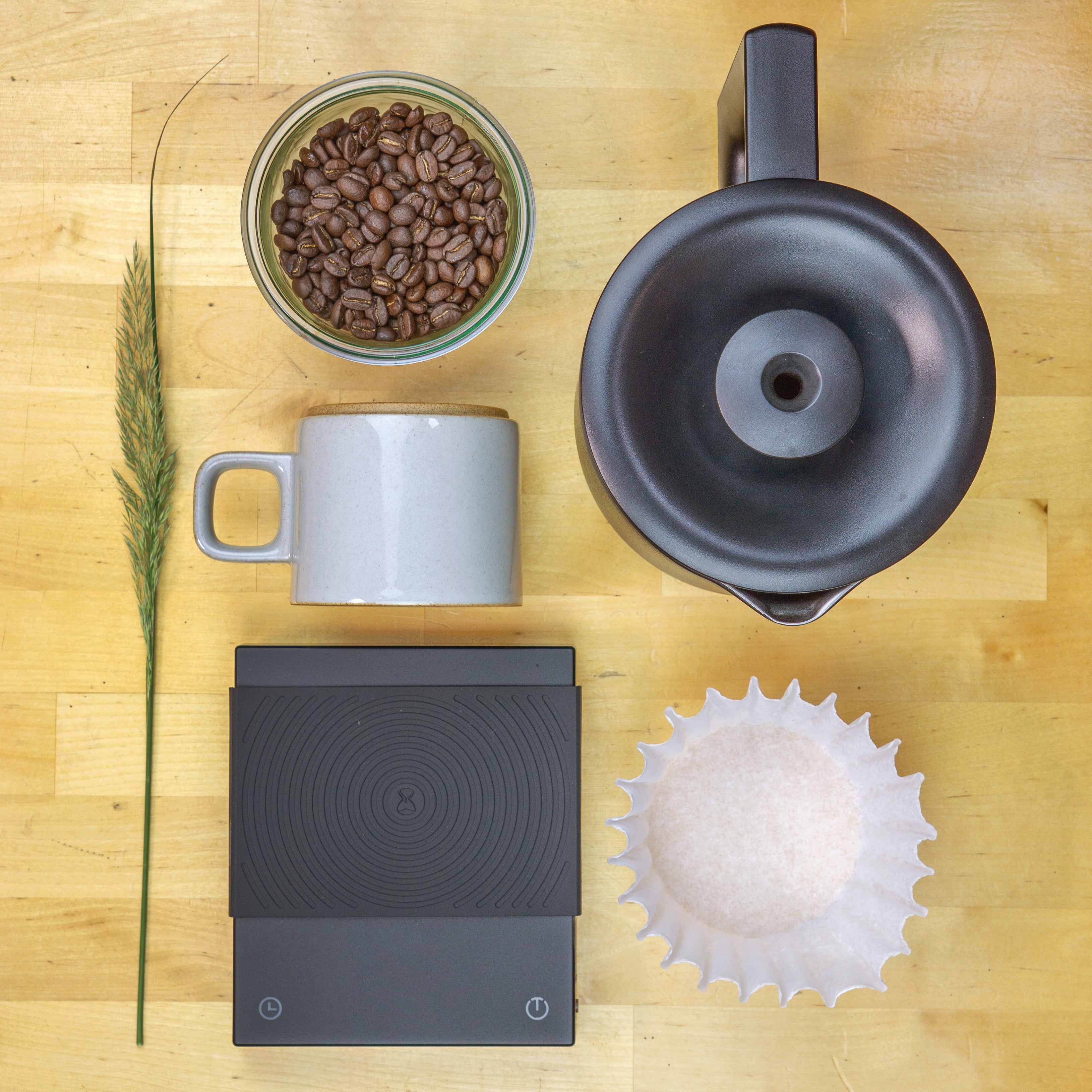
- Drip Coffee Brewer
- Paper filters
- Burr grinder
- Digital scale
- Filtered water
- Measuring cup or pitcher
- Carafe
- Your favorite Wonderstate coffee beans
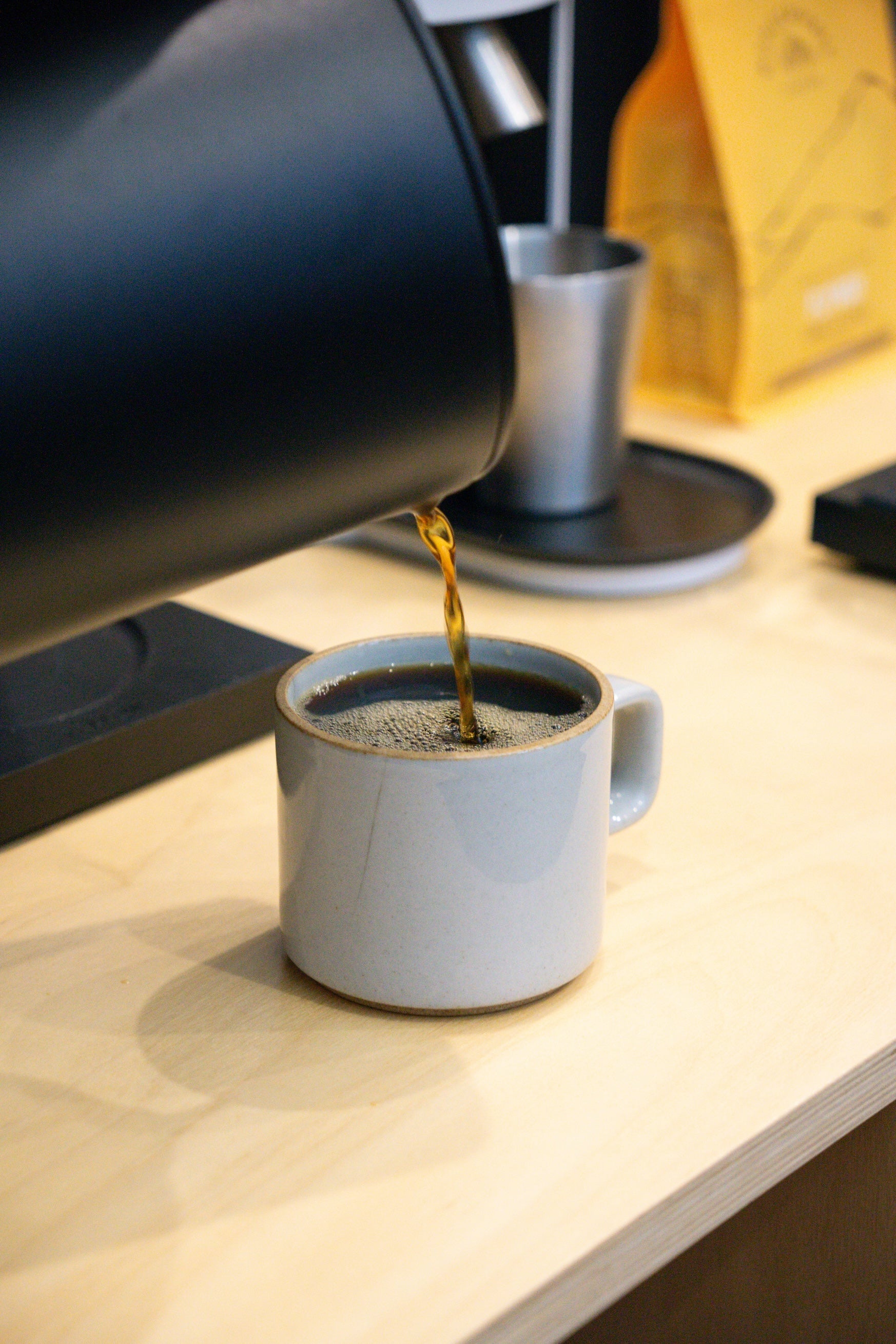
- Start with about 60 g of Wonderstate beans for every 1 L (1000 g) of water—this gives you a clear, balanced extraction.
- Use a medium grind, think between table salt and kosher salt.
- Place the filter in your brewer basket, wet it briefly, and let the rinse water run through into your carafe, just enough to heat everything and remove any papery taste.
- Set your carafe on the scale, pour in your coffee, and tare to zero.
- Either fill your kettle or pour directly, we’re targeting 1000g of water.
- Begin the brew. No blooming or pause steps here: just let fresh, hot water flow through, extracting into a clean pot or carafe.
- Once the cycle completes your clear and vibrant brew is ready. Pour it into your mug or decanter and enjoy.
Methodology
Reliable Ratio
A general rule of 60 g per 1 L gives you a clean, balanced brew that scales up or down easily.
Calculating Carafe Volume
Typically batch coffee brewers cup size measures 5-6oz. See your machine's manual for total carafe volume.

- French Press (32oz)
- Burr grinder
- Digital scale
- Filtered water
- Stir stick or spoon
- Your favorite Wonderstate coffee beans
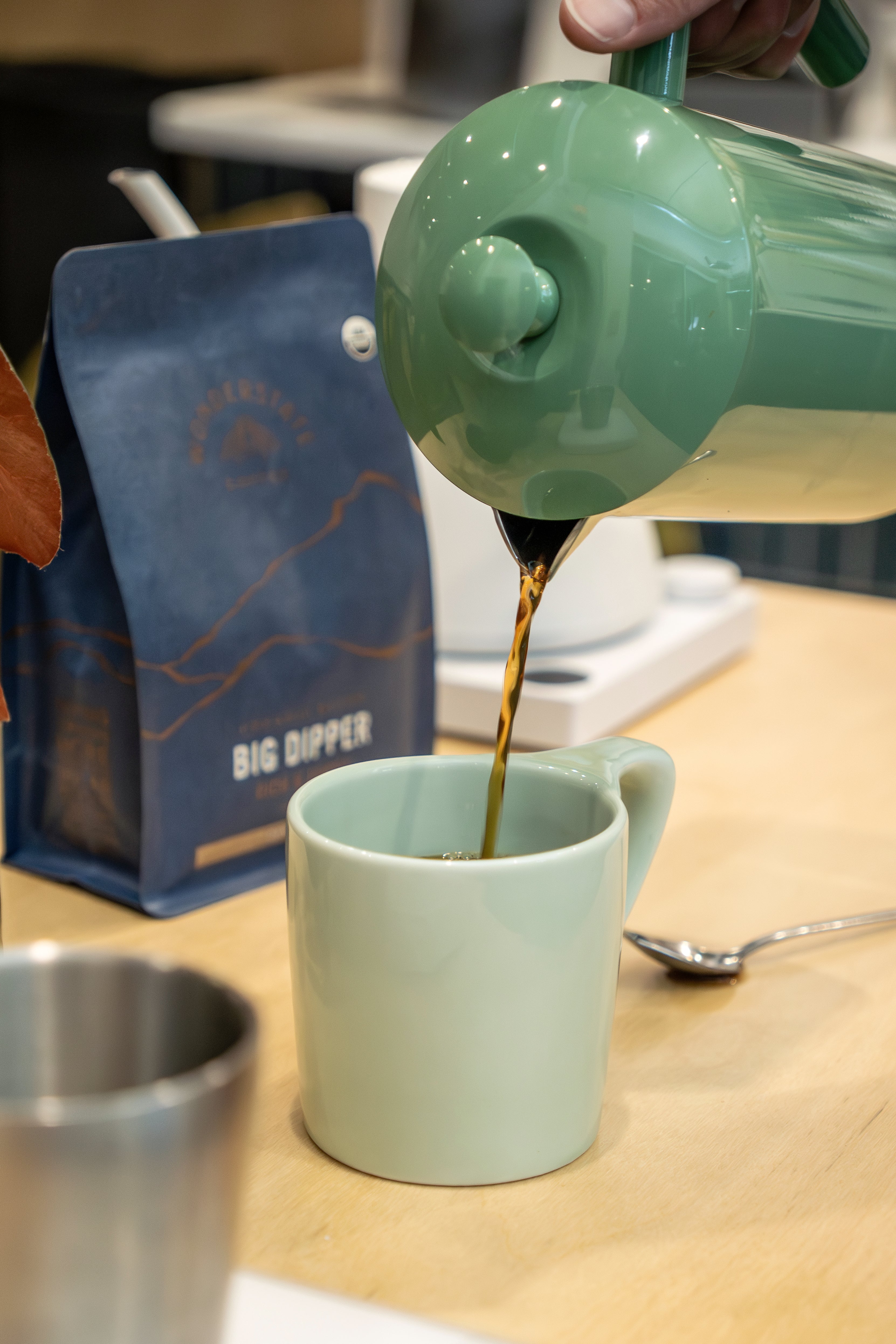
- Bring fresh, filtered water just off the boil (~205°F / 96°C).
- Use 75 g of coffee. Grind on the finer side of medium, think about the size of kosher salt, but not quite as fine as drip. A coarser grind reduces sediment.
- Place grounds in the press. Start your timer and immediately begin pouring. Continue pouring until you reach 1200 grams.
- Allow the coffee to steep for 5:00-8:00 minutes.
- Before pressing, use two spoons to break the crust and skim off foam and loose grounds.
- Place the lid/press onto the French Press, remove from your scale and press down until you reach about halfway.
- Pour the brew into your favorite mug and enjoy!
Methodology
Extraction
Stirring the brew early ensures all the grounds are evenly saturated, leading to a cup with full strength and balanced flavor.
Brew Time
Allowing the coffee to steep for 5–8 minutes develops depth and fullness without over-extraction, which creates bitterness.
Cleaning and Pressing
Skim the grounds from the surface before pressing. Press only partway to avoid disturbing ultra-fine particles that can cause bitterness and a gritty texture, keeping the cup clean and sweet.


